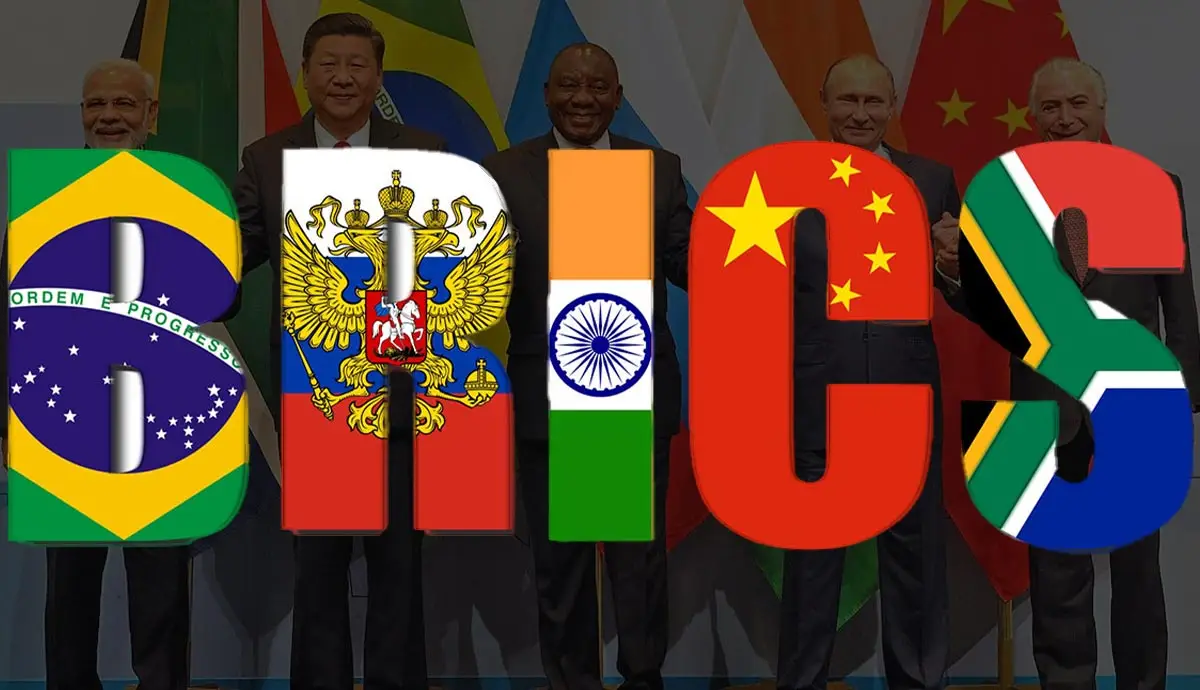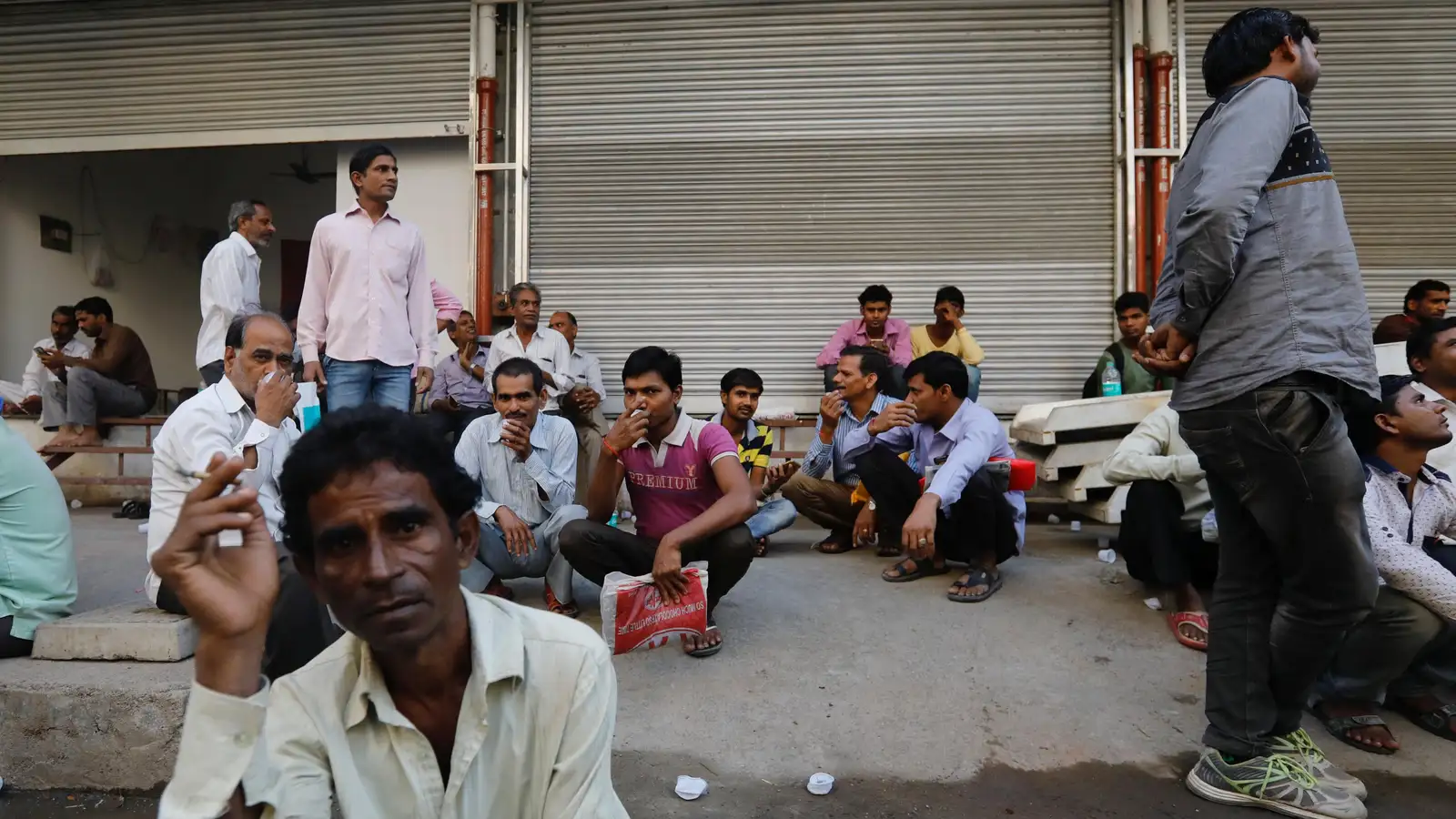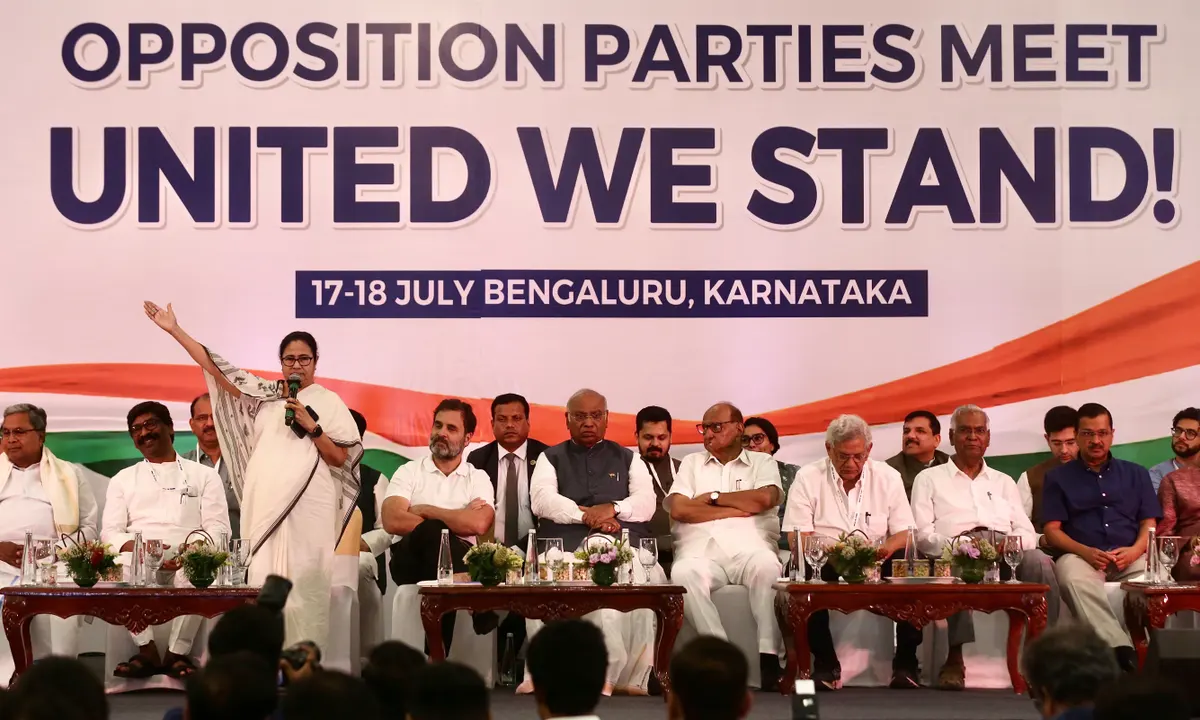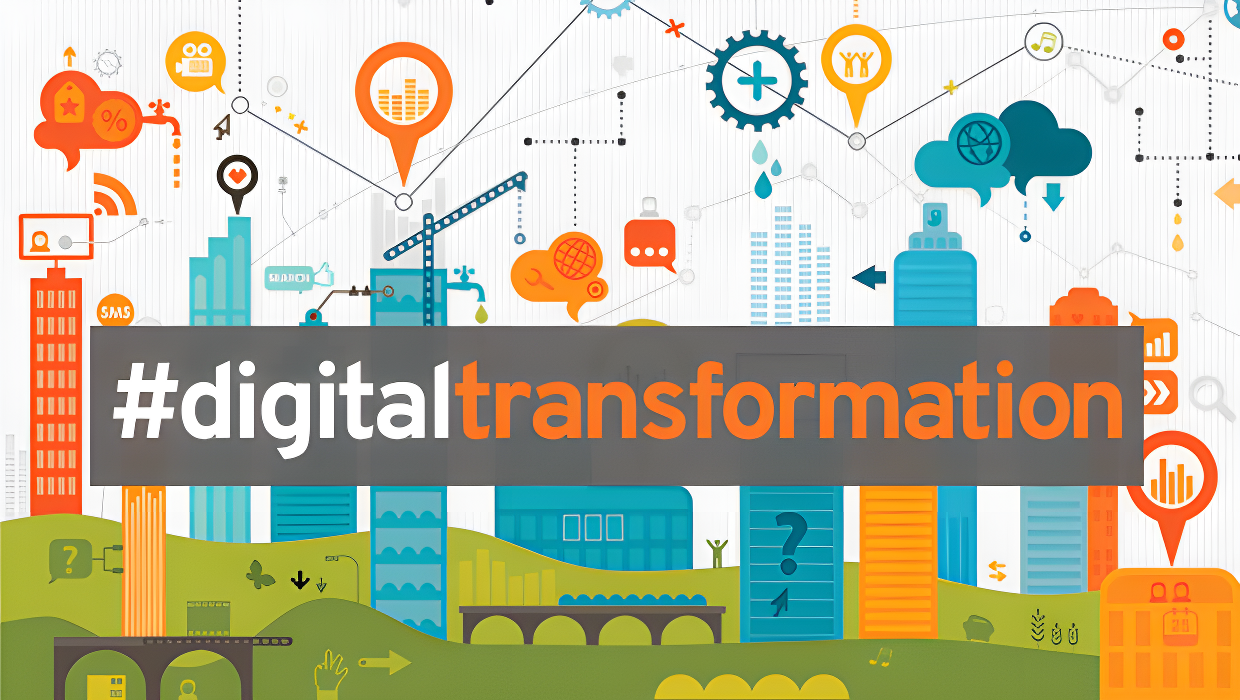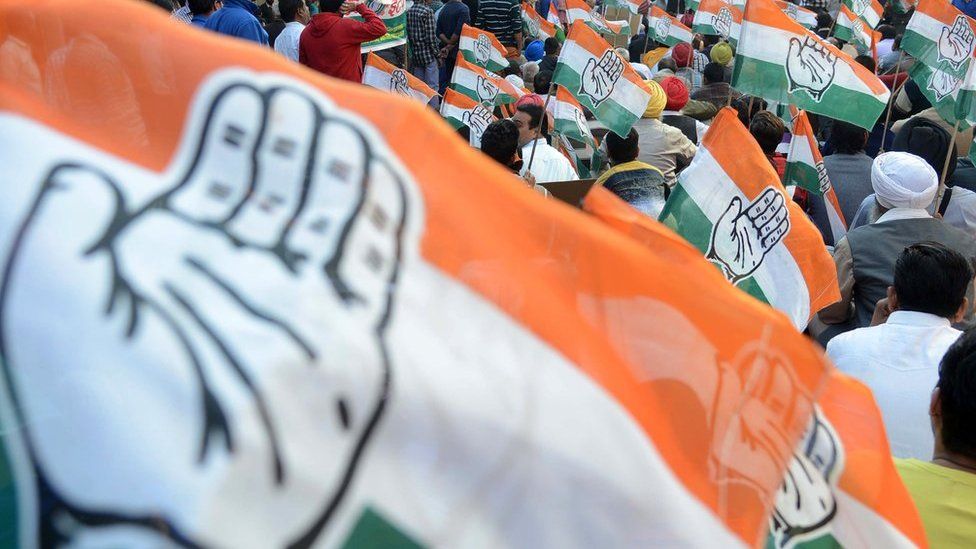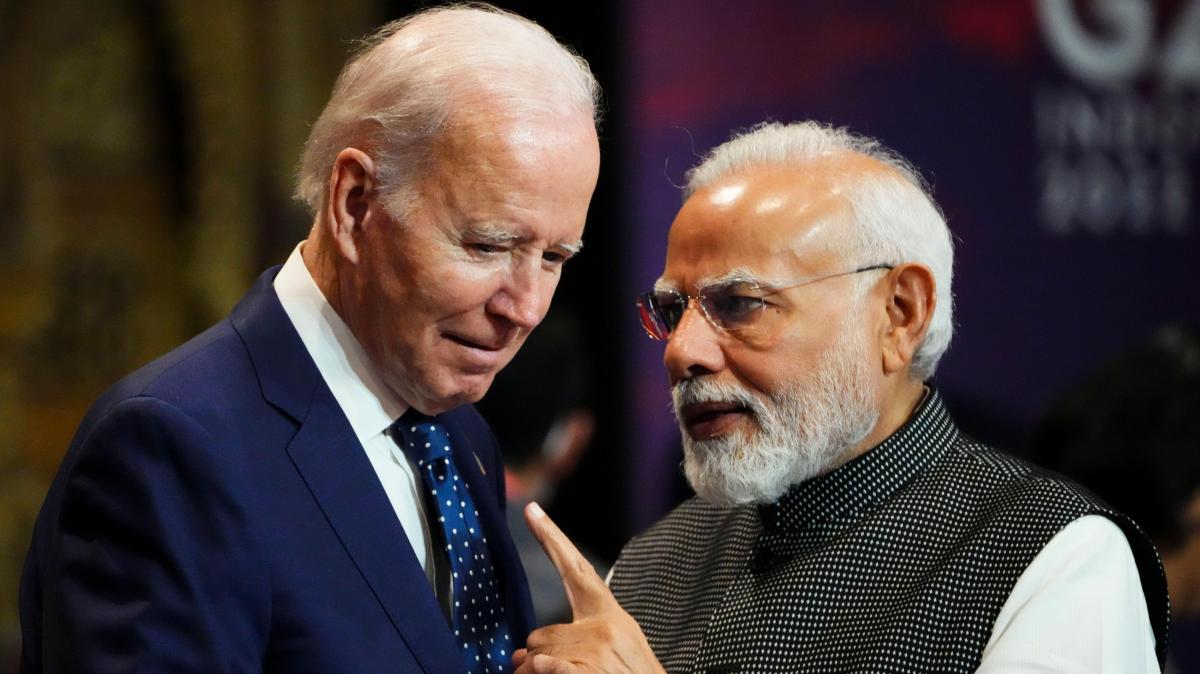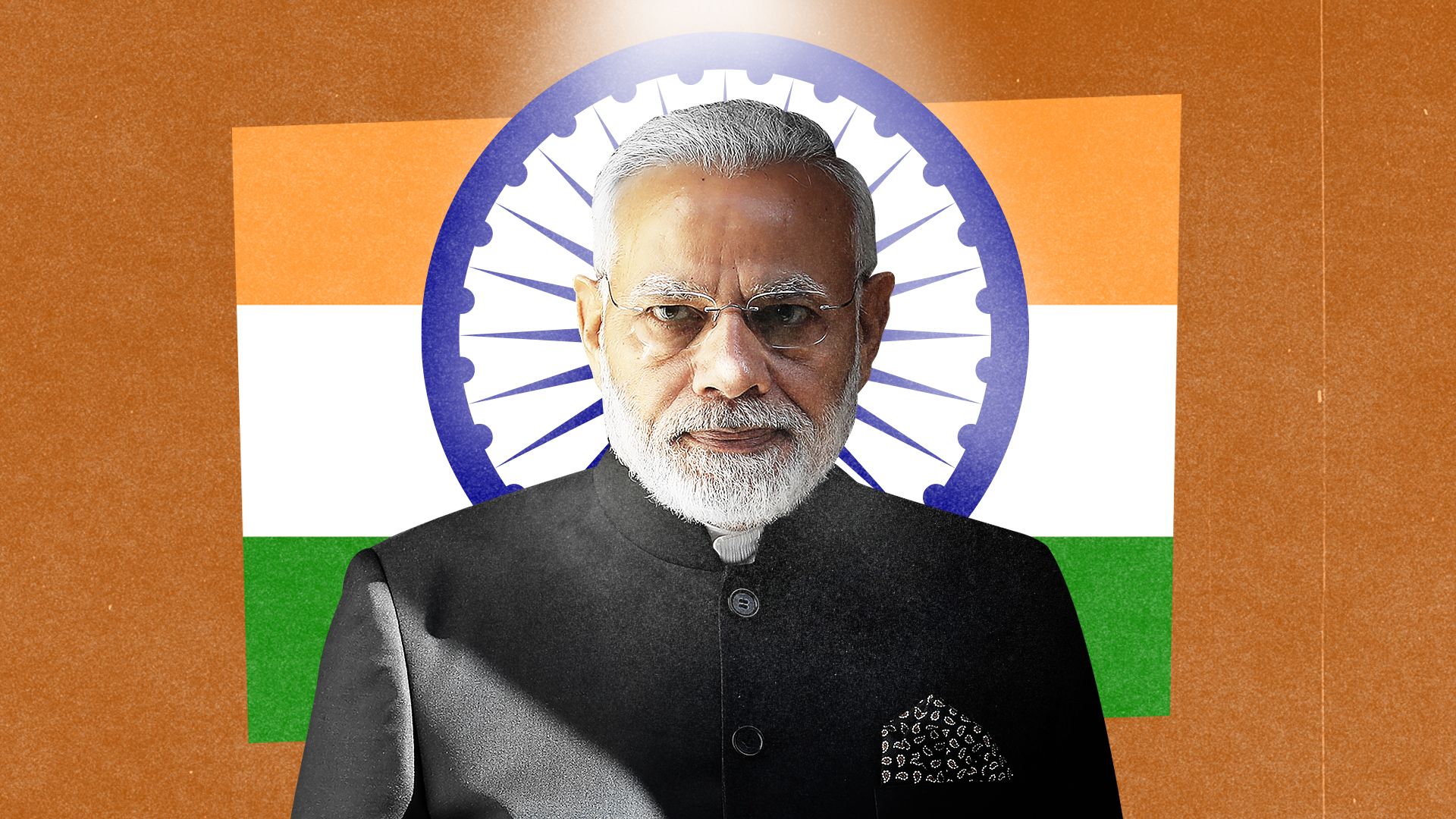On August 24, at the much-awaited 15th BRICS Summit in Johannesburg, South Africa, six more countries were formally certified as full members of the rapidly expanding economic bloc, making it a momentous occasion. Joining the already-existing group of Brazil, Russia, India, China, South Africa, Argentina, Egypt, Ethiopia, Iran, Saudi Arabia, and the United Arab Emirates expanded the once-five-member bloc into a formidable 11-strong alliance. The BRICS have been positioned as a significant disruptor in the global economic system, with potentially significant ramifications for the years to come following the revealing of these new members, whose identities were difficult to predict previously.
The BRICS organisation will officially welcome these new countries in January of the following year, launching a powerful economic force onto the global scene in 2024. This expansion is a strategic move that might potentially influence the fast-changing international economic landscape, in addition to being a numerical increase. The BRICS are positioned to question conventional wisdom and promote a new age of economic cooperation, with Beijing and Moscow leading the charge in promoting alternative economic models that aim to lessen dependency on Western-led systems and institutions.
When one considers this expanded grouping’s economic strength, it becomes clear how important it is. By measuring GDP using purchasing power parity (PPP), the BRICS now represent about 37% of global GDP, more than the G7, which represents only 30%. The prospects for accelerating economic development among BRICS members seem increasingly appealing as China, the largest economy in the world by purchasing power parity, leads the way in expanding and diversifying trade within the group. This economic bloc’s attractiveness is further increased by the possibility of members reaching an agreement on favourable trade and investment conditions.
Saudi Arabia stands out as a particularly significant factor among the new additions. Being the de facto leader of OPEC and a massive oil producer, the Kingdom’s economic clout is only going to grow. It is important to recognise Saudi Arabia’s potential commercial advantages as a supplier to China and India, two of the world’s largest oil users, as it works to diversify its economy and lessen its reliance on crude oil in the years to come. Furthermore, according to US official data, the inclusion of Iran and the United Arab Emirates, the seventh and eighth-largest oil-producing countries in the world, strengthens the position of BRICS in global oil production, raising its contribution from 19 to 41 percent.
Even though the economic advantages are clear, geopolitical factors still matter, particularly in South America. Argentina’s accession was first questioned because of the rise of candidates opposing the BRICS for the presidency. But Buenos Aires now has a much better chance of becoming a long-term member of the BRICS after Sergio Massa, representing the Peronist government, won on October 22. With this win, the long-struggling Argentine economy will have more opportunity to collaborate economically with other members of the BRICS, including Brazil.
Beyond short-term economic concerns, the BRICS expansion has significant effects on the global financial system, especially with regard to the US dollar’s position. Current BRICS members publicly state that they would like to conduct bilateral commerce in their own currencies, indicating a shift from a dollar-centric strategy. Although the dollar’s overthrow as the world’s reserve currency is still a long way off, its impact could be diminished, especially if the Gulf-producing bloc led by Saudi Arabia starts pricing oil barrels in other currencies. This possibility becomes more viable in light of the weakening US-Saudi relationship and the growing Beijing-Riyadh connections.
The search for new mechanisms by the BRICS has spilled over into the field of multilateral development, where the organisation’s New Development Bank (NDB) has become a significant player. The World Bank and the International Monetary Fund (IMF) are two US-led organisations that are widely used, but the NDB stands out for its emphasis on sustainable development and infrastructure projects. Its cooperative ownership, egalitarianism, and inclusivity culture set it apart from its counterparts in the West. Despite the IMF’s estimated $1 trillion in financial backing, which pales in comparison to the NDB’s original $50 billion capitalization, the NDB’s targeted strategy portrays it as an advocate for the economic interests of developing countries.
The potential integration of Saudi Arabia’s strong balance sheet further highlights the NDB’s growth and influence potential. With terms that defy the onerous constraints imposed by present market players, this integration might position the NDB as the preferred lender for a large portion of the developing world, giving these countries more global economic clout.
But there are obstacles in the way of this growing bloc’s progress. Reaching an agreement among the current five members has often proved challenging, and adding six additional countries makes the work even more onerous. For the BRICS to successfully advance, some of the member countries must make concessions and engage in negotiations because their economic interests are more equally divided between their Eastern and Western allies.
The West is left with few choices in reaction to this growth. Given that China’s President Xi Jinping favours win-win solutions over zero-sum games, the US and Europe may stand to gain a great deal from a cooperative approach with a larger BRICS. The different dynamics of BRICS are influenced by friends and economic allies like Egypt, the United Arab Emirates, Saudi Arabia, and India, as well as enemies like Russia, China, and Iran.
With 40 more countries showing interest in joining, 16 of which have apparently applied, the BRICS growth appears to be continuing apace. This new paradigm has enormous potential, and it is clear that the BRICS are only getting started on their revolutionary path to create a dynamic and innovative global economic environment as the economic juggernaut gathers steam.
